Kathmandu. The second largest 82 MW Lower Solu power plant built by a private power producer to date has been connected to the national transmission system. The first unit of the project, which was completed in Solukhumbu, was connected to the system yesterday (July 4). The project has been built by Solu Hydro Power Limited.
Project Chief Shreedhar Khanal said that the entire structure of the project has been completed and the electricity generated has been connected to the national grid since Sunday. 'Two Pelton turbines with a capacity of 41 megawatts have been installed in the project. The first unit was connected to the grid yesterday. Now its testing has reached the final stage,' he said, 'We will connect the remaining unit to the grid from this evening or tomorrow morning. Its testing will also be completed by tomorrow evening.'
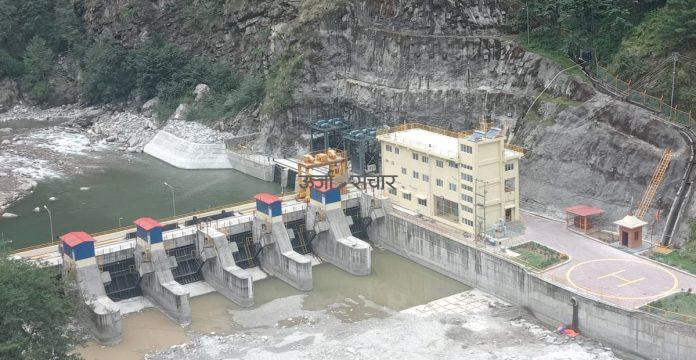
After the separate tests of both the units of the project are successful, both the units will be tested at once. Only then will the Nepal Electricity Authority conduct a 15-day production test. 'The tests of both the units of the project will be completed by Wednesday, only then will the Authority conduct a production test. Commercial electricity generation will begin after the Authority completes the 15-day test,' he said.
Construction work began in 2016 with a loan of 16 billion rupees from European banks (International Funding Agency) including FMO. Although the project was targeted to be completed by September 2025, production has started 2 months early.
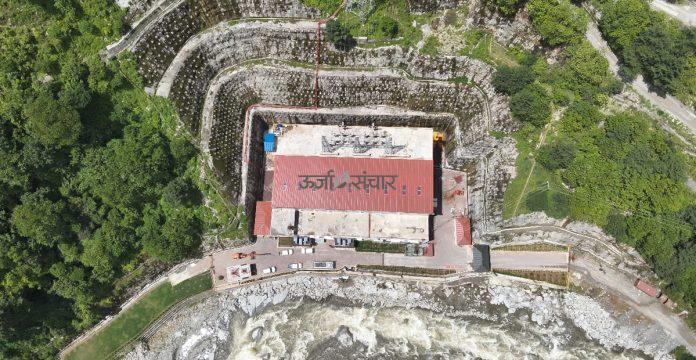
Water has been collected by constructing a dam in the Solu River in the Salme area, which is on the border of Solududhkunda Municipality-7 and 11. The water has been pumped to a power house in Bhadaure, Tingla, about 6 kilometers away, to generate electricity. A tunnel about 5 kilometers long has been constructed for this. It is estimated that the cost may be higher than the estimated cost due to geographical difficulties and the long tunnel.
Earlier, landslides due to geological conditions had damaged the surface valvehouse and penstock, which were in the final stages of construction. As a result, the underground valvehouse and underground horizontal and vertical pressure shafts were completely rebuilt.
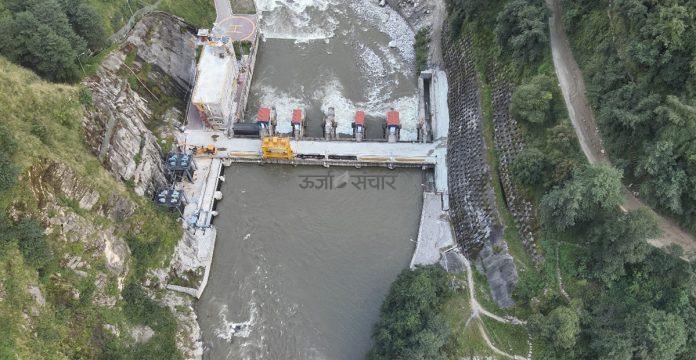
The project aims to generate a minimum of 23 MW of electricity in winter and 82 MW in the rainy season. The electricity generated is connected to the national transmission line through the Tingla substation through a 132 kV double circuit transmission line. It has been constructed under 'Super Six'.
The 86 MW Solu Dudhkoshi, the largest ever built by a private power producer, is in operation.
Content Source: 
Image Source: Urjasanchar
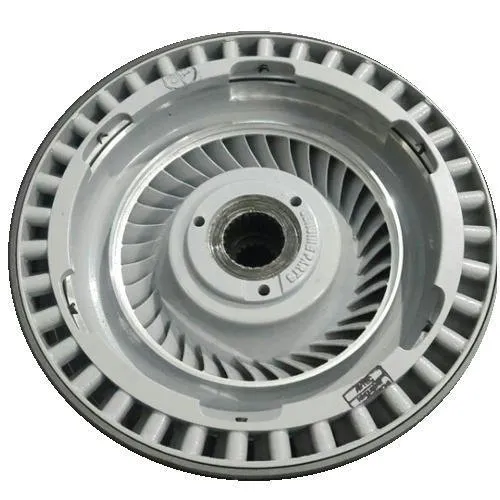 Turbine OEM (0)
Turbine OEM (0)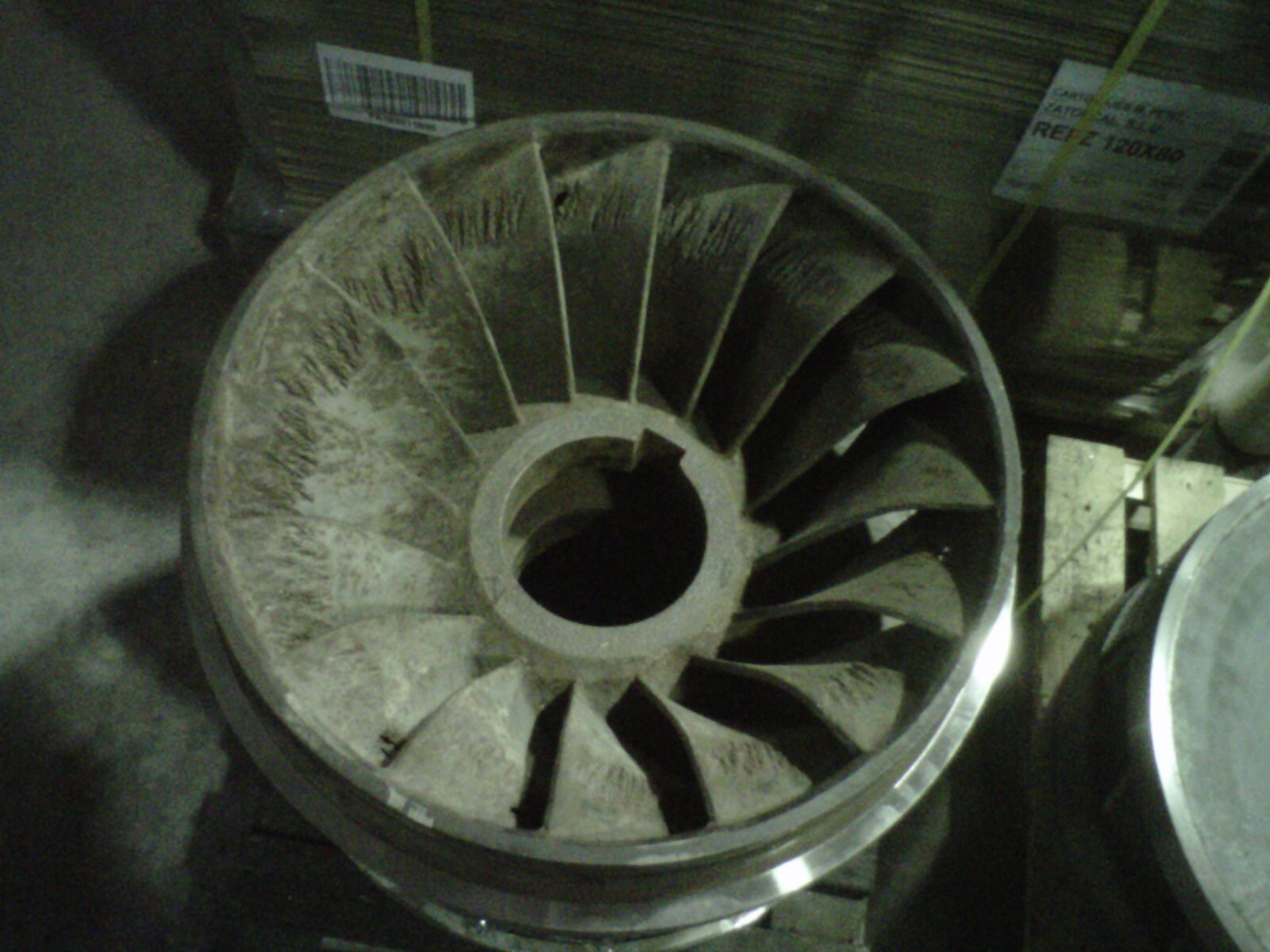 Runner repair (0)
Runner repair (0)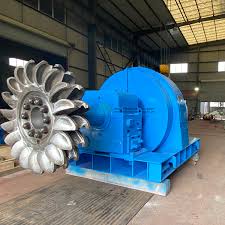 MIV OEM (0)
MIV OEM (0)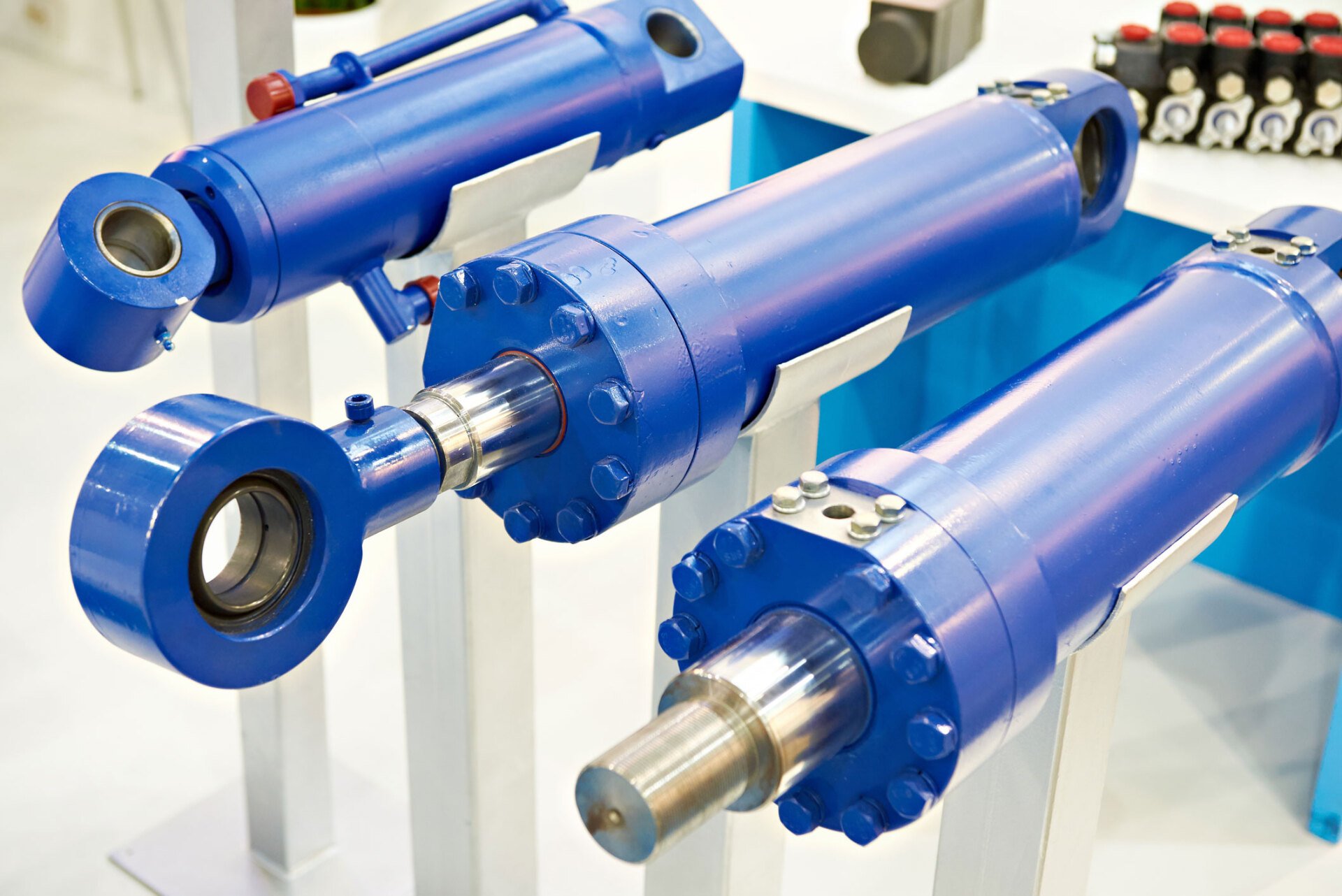 Hydraulic System (0)
Hydraulic System (0)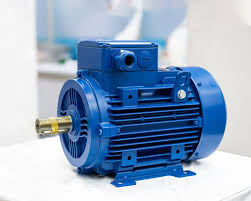 Motors (0)
Motors (0)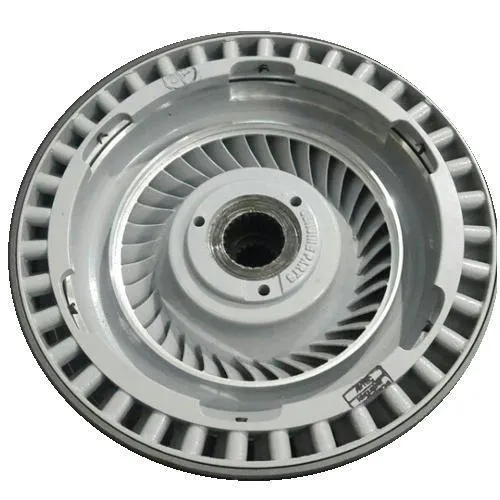 Generator OEM (0)
Generator OEM (0)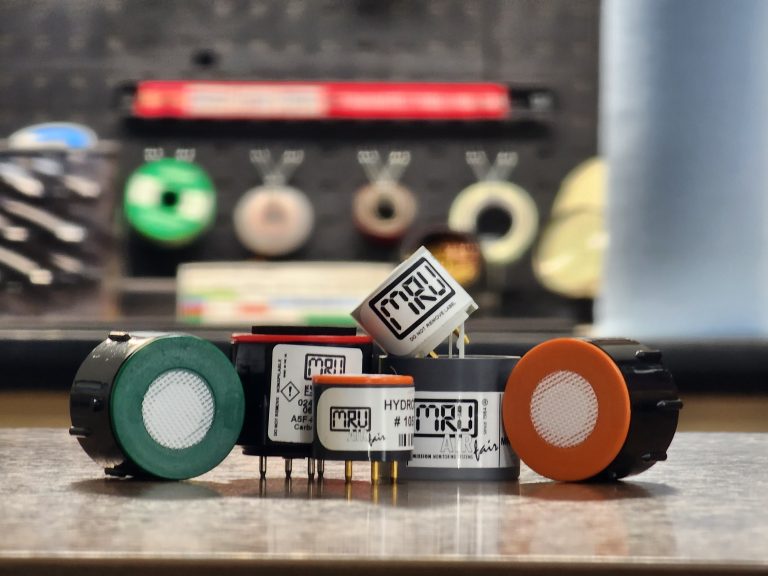 AVR (0)
AVR (0) Cleaning Repair (0)
Cleaning Repair (0)

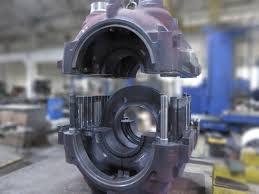
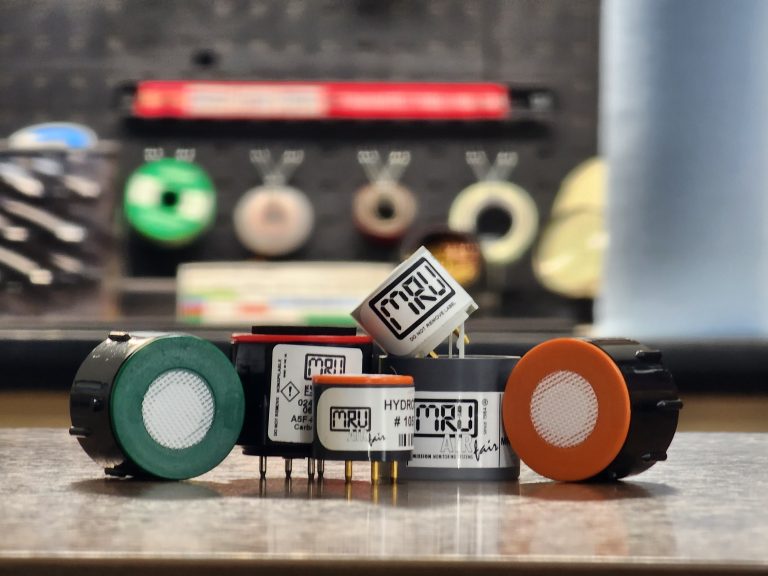
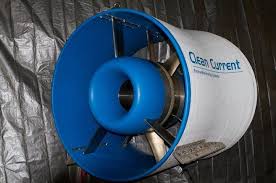
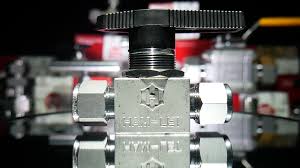
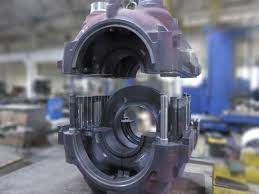
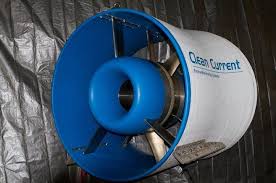
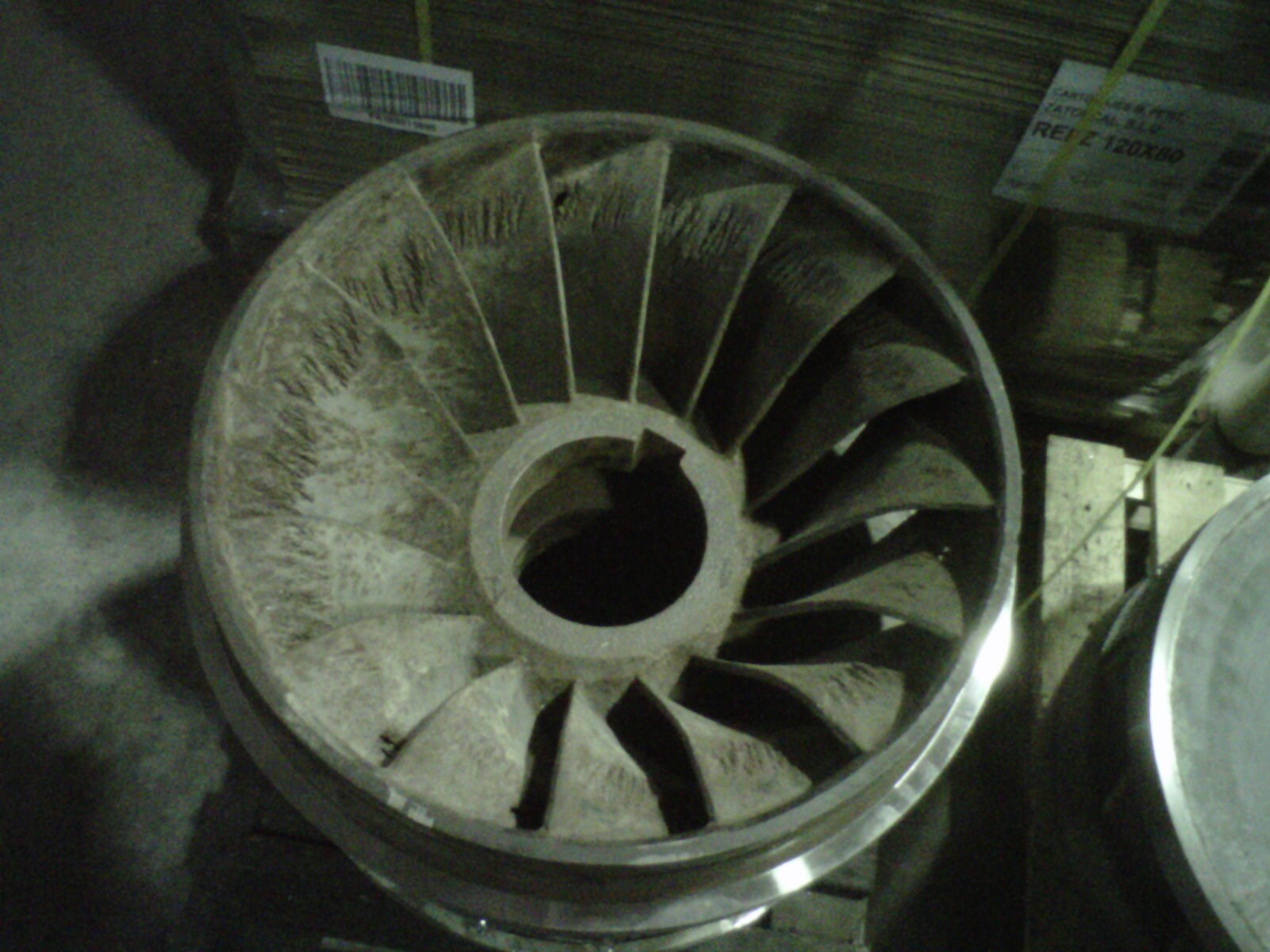
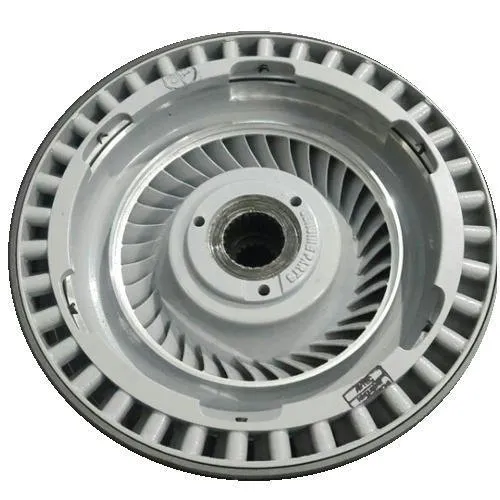
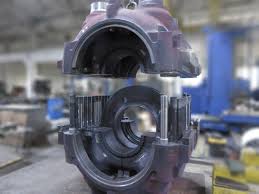
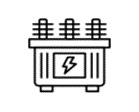
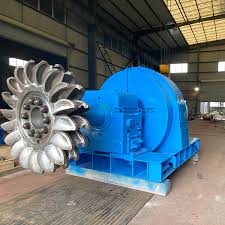
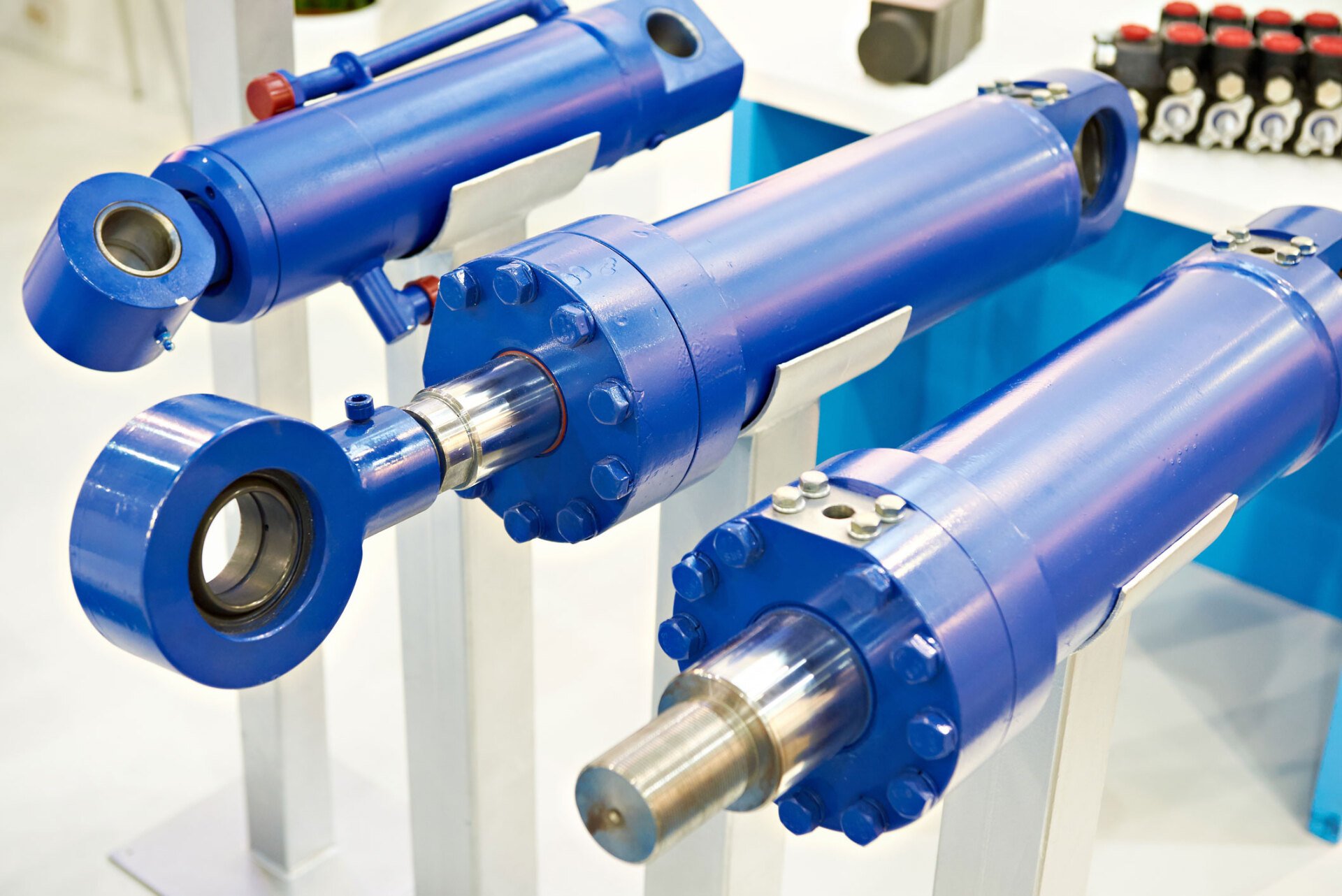
.jpeg)


